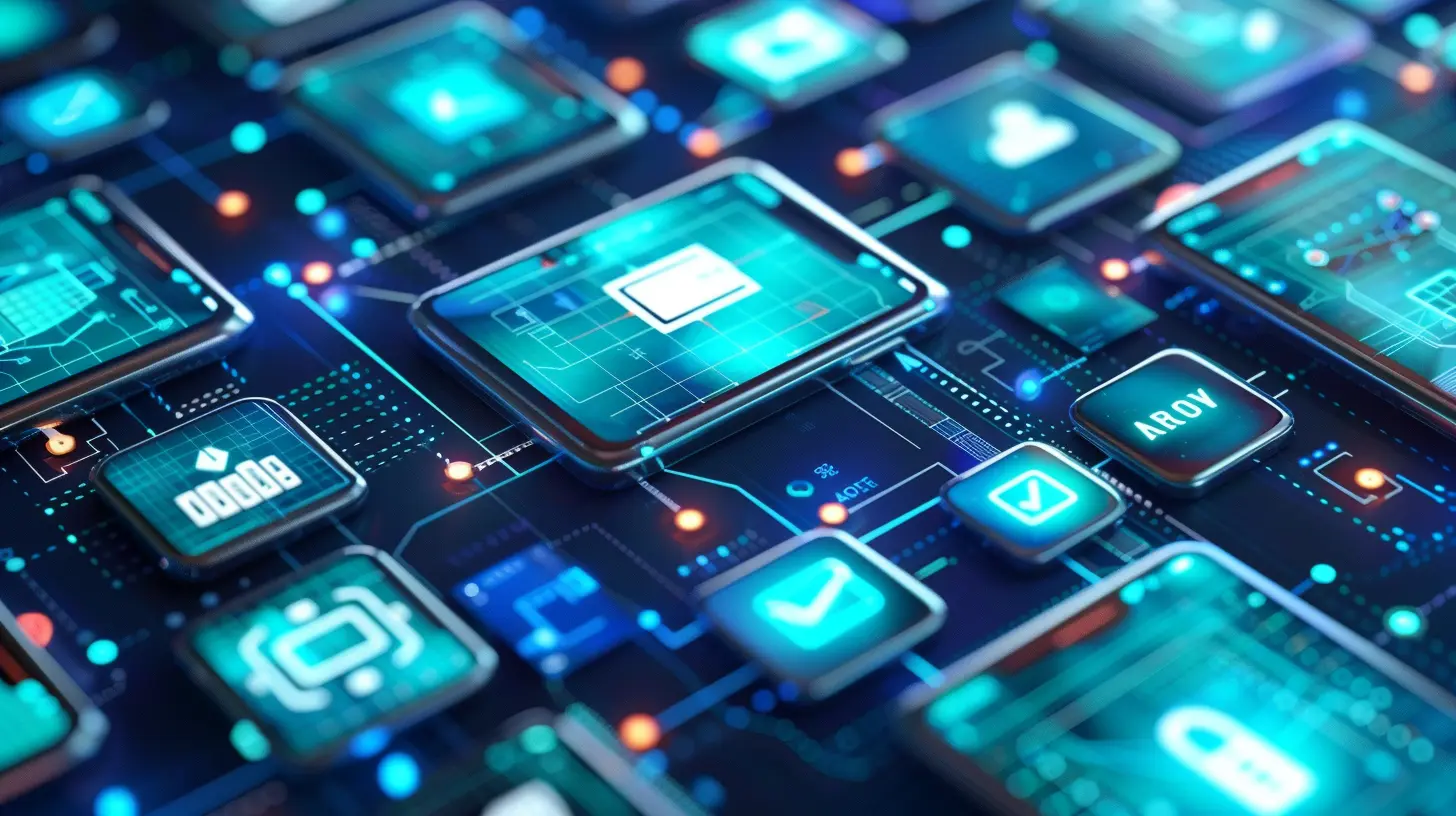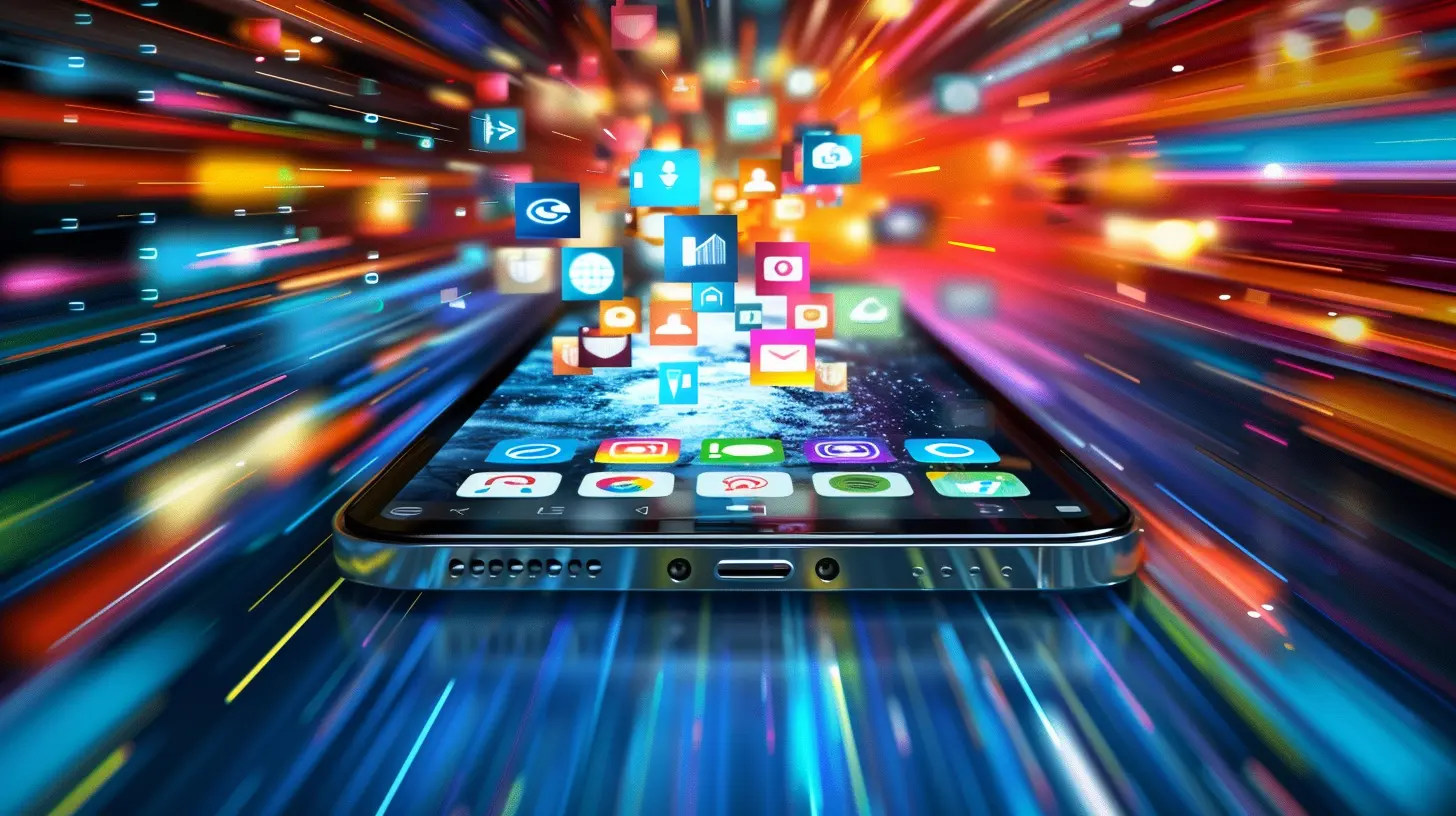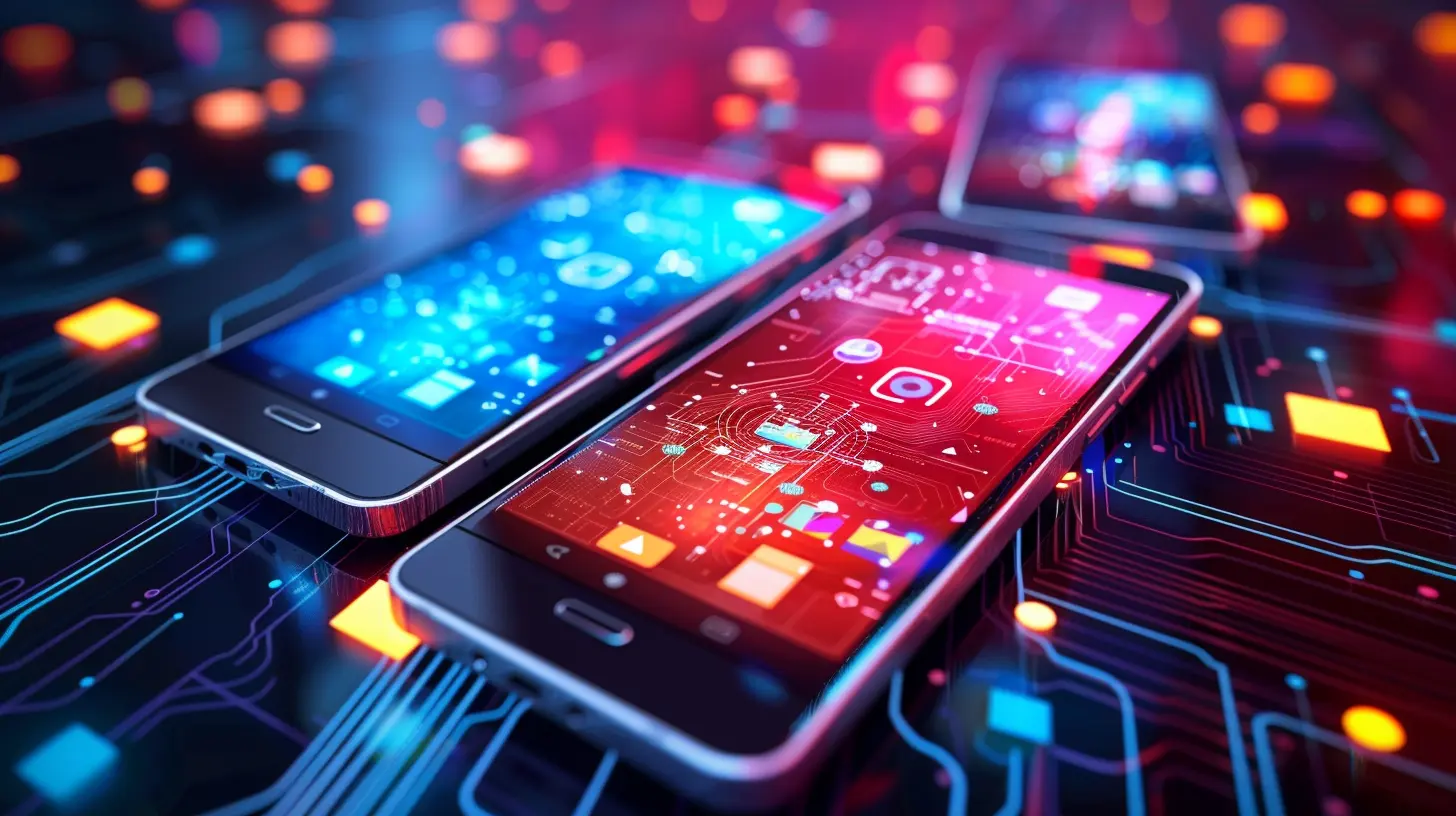How Mobile Tech is Accelerating the IoT Revolution
4 July 2025
Let’s be real — between voice assistants that act smarter than some humans and fridges that tell you when it’s time to buy milk, it’s clear: the Internet of Things (IoT) is no longer just a buzzword; it’s happening. But here’s a twist. What’s really turbocharging this whole revolution isn’t just sensors or AI — it’s mobile tech. Yep, those pocket-sized devices you can’t live without? They’re the unsung heroes of the IoT revolution.
So, buckle up. We're diving into how mobile technology — smartphones, wireless networks, mobile apps, and edge computing — is driving IoT faster than ever before.
What the Heck Is IoT Exactly?
Okay, let’s start with the basics. IoT, short for Internet of Things, is this idea where everyday physical objects are connected to the internet, gathering and sharing data. Think smart thermostats, fitness trackers, connected cars, and even entire smart cities.These devices collect data, share it with other devices, and, in some cases, act on it. Simple, right? But for this level of connectivity to work seamlessly, you need something powerful, portable, and always-on. That’s where mobile technology steps in like a tech superhero.
The Symbiotic Relationship: Mobile Tech + IoT
You know how peanut butter needs jelly to be truly complete? The same thing applies here. Mobile tech and IoT go hand in hand — they literally make each other better.Mobile technology gives IoT:
- Connectivity: Cellular networks like 4G, 5G, and beyond
- Portability: Devices that work on the go
- Real-time control: Apps that put power in your palm
And IoT gives mobile tech:
- New use cases: From remote healthcare to smart agriculture
- Massive data: Which mobile platforms use to improve services
So, it’s basically a win-win.
Smartphones: The Universal IoT Remote
Let’s be honest. Smartphones are like Swiss Army knives these days. One minute, you’re texting your bestie, the next, you’re adjusting your living room lights from halfway across the world.With mobile apps becoming the default control panels for IoT devices, smartphones are at the center of this ecosystem. Whether it's activating your robot vacuum or checking who rang your smart doorbell, your phone is the command center.
But it's not just about control; it's also about data. Modern smartphones are packed with sensors — GPS, accelerometers, gyroscopes, cameras — all of which can feed real-time data into IoT systems. You're walking around with a super-sensor in your pocket.
5G: Lighting a Fire Under IoT
You’ve heard the hype around 5G, right? Faster downloads, lower latency, and a whole new world of connectivity. What they don’t always tell you is that 5G is basically the jet fuel behind IoT expansion.With 5G:
- Devices can connect faster and more reliably
- Real-time experiences (like VR or remote surgery) become doable
- Massive IoT deployments (we’re talking thousands of sensors) become scalable
Imagine a smart city with thousands of cameras, traffic lights, pollution monitors, and public transport systems — all talking to each other in real-time. You need 5G for that kind of sophisticated dance.
Mobile Apps: The Brains of the Operation
If IoT is the body, mobile apps are the brain. They're where all the processing, customization, and user interaction happen.You probably don’t think too much about your smart watch app or your smart thermostat’s dashboard, but they’re doing a lot behind the scenes:
- Analyzing usage data
- Displaying real-time stats
- Sending alerts and notifications
- Allowing remote control
And thanks to cloud integration, most of this happens seamlessly, whether you're on Wi-Fi at home or using mobile data at your favorite café.
Edge Computing: Taking the Load Off the Cloud
Now here's where things get even cooler — edge computing. Bear with me, no nerd-speak here.Edge computing is about processing data closer to the source (i.e., the IoT device or mobile phone) rather than sending everything up to the cloud. Why does this matter? Because it reduces lag, improves performance, and saves bandwidth.
Let’s say you’re in a smart car. It needs to respond in milliseconds — it can’t afford to send data to a distant server and wait for a reply. With mobile-embedded edge computing, those decisions can happen on the spot.
It’s like giving your devices tiny brains of their own — they can think fast and act smart, without checking in with “headquarters” constantly.
Wearables: IoT's Trendiest Soldiers
Smartwatches, fitness trackers, smart glasses — wearables are the fashion-forward side of IoT. But beyond the bling, they’re serious tools for real-world impact.Mobile technology inside wearables helps with:
- Health monitoring (heart rate, oxygen levels, sleep cycles)
- Real-time fitness tracking
- Emergency alerts
- Contactless payments
These devices are not just accessories; they’re walking data centers. And the mobile infrastructure keeps them running smoothly, collecting and sending data without a hitch.
Real-World Use Cases Where Mobile and IoT Collide
Still skeptical about how mobile tech drives IoT? Let’s look at some real-life combo moves.1. Smart Homes
From controlling lighting to monitoring security cams, mobile apps let you manage your home from anywhere. Lock your front door from your office? Done. Check if you left the oven on while vacationing in Greece? Done and done.2. Healthcare
Remote patient monitoring is a game-changer. Doctors can track patients’ vitals in real time using mobile-connected wearables. It’s like having a mini hospital on your wrist. And mobile apps alert caregivers instantly if something’s off.3. Agriculture
Farmers are using mobile phones to monitor soil sensors, weather conditions, and even cow movement (yep, smart cows are a thing). It helps optimize crop yield and reduce waste.4. Transportation
Think GPS, route optimization, vehicle diagnostics — all accessible via mobile. Connected fleets can be managed on-the-go through smartphones or tablets, improving delivery speed and fuel efficiency.5. Retail
Retailers use mobile-powered IoT for inventory tracking, personalized shopping experiences, and even cashier-less checkouts. Your smartphone becomes your shopping assistant.The Challenges: Not All Sunshine and Rainbows
Sure, mobile tech is fueling the IoT rocket ship, but it’s not without turbulence. Here are a few bumps on the road:- Security: More connected devices = more vulnerabilities. If your smart fridge is connected to your email via the same network, hackers might have a field day.
- Battery Life: Mobile and IoT devices need to stay powered, and energy efficiency is still a challenge.
- Network Reliability: Even 5G isn’t everywhere yet. In rural areas, spotty mobile coverage can cramp IoT’s style.
- Interoperability: Not all devices speak the same "language". Getting them to communicate can be like translating between alien dialects.
But hey, every growing tech has its growing pains.
The Future: Where Are We Headed?
So what’s next? Well, brace yourself.We’re talking:
- 6G: Yes, it's already being conceptualized. It promises even faster speeds and new dimensions to mobile-IoT integration.
- AI + IoT (AIoT): More mobile devices using machine learning to make smart decisions on-the-fly.
- Edge devices with super intelligence: Think of tiny gadgets doing Big Data calculations without touching the cloud.
- Hyper-personalization: Your devices will know you so well, it might get a little creepy (but useful!).
Final Thoughts
Mobile technology isn't just supporting the IoT revolution — it’s actively accelerating it, pushing boundaries, and opening doors we didn’t even know existed. From your wristwatch to your Wi-Fi-enabled washing machine, mobile tech is the quiet engine behind the scenes, keeping the IoT juggernaut rolling forward.So next time you unlock your door with your phone or check your heart rate after a jog – give a little nod to mobile tech. It might just be running the world.
all images in this post were generated using AI tools
Category:
Mobile TechnologyAuthor:

Kira Sanders
Discussion
rate this article
2 comments
Garrett Phillips
Mobile tech enhances connectivity and accessibility, driving rapid IoT adoption and innovation.
September 29, 2025 at 3:08 AM

Kira Sanders
Absolutely! Mobile tech is a key enabler, making IoT more accessible and fostering rapid innovation through enhanced connectivity.
Joy Nguyen
This article insightfully highlights how mobile technology enhances IoT connectivity and user engagement, enabling seamless data exchange and real-time interactions, ultimately driving innovation and efficiency across various industries.
July 9, 2025 at 2:31 AM

Kira Sanders
Thank you for your thoughtful comment! I'm glad you found the article insightful about the pivotal role mobile technology plays in enhancing IoT connectivity and driving innovation.


